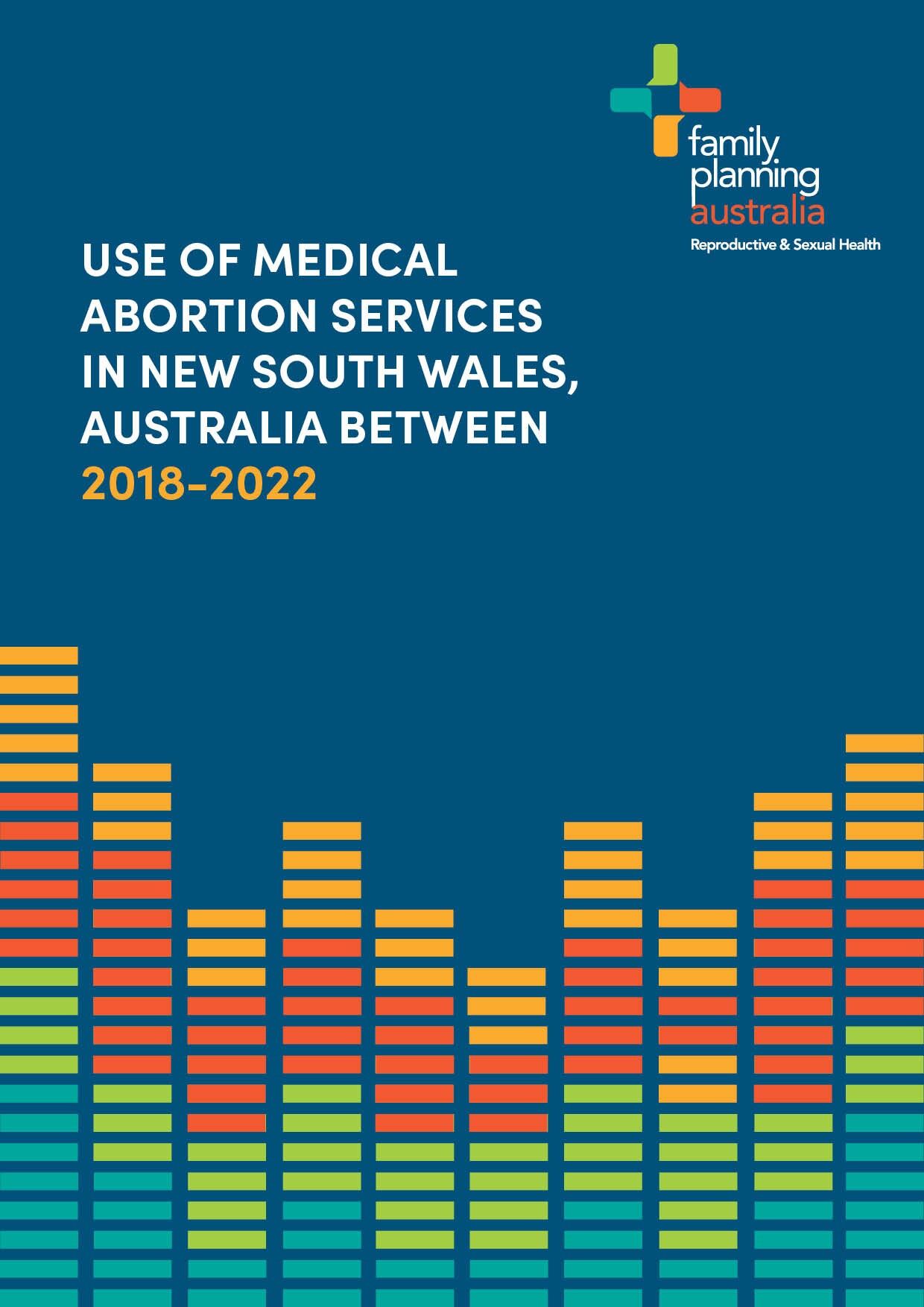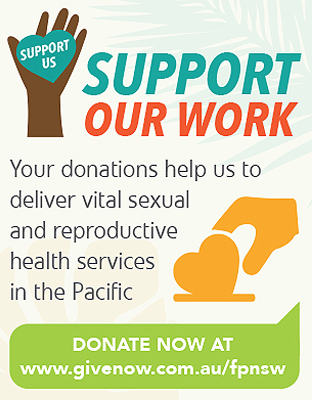Research
Family Planning Australia has a strong history of achievement in research, evaluation and research translation. The Family Planning Australia Research Centre (previously known as the Sydney Centre for Reproductive Health Research) was established in 1990, to bring an Australian perspective to the study of reproductive and sexual health. The Research Centre facilitates the monitoring and evaluation of Family Planning Australia’s own programs and services in Australia and the Pacific region.
Talking to migrant and refugee young people about sexual health in general practice
Reference
Botfield J R, Newman C E, Kang M, Zwi A B, 2018, Talking to migrant and refugee young people about sexual health in general practice, Australian Journal of General Practice, 47(8) 564-569Prevalence and associated factors of urinary leakage among women participating in the 45 and Up Study
Reference
Concepcion K, Cheng Y, McGeechan K, Robertson S, Stewart M, Bateson D, Estoesta J, Chiarelli P, 2018, Prevalence and associated factors of urinary leakage among women participating in the 45 and Up Study, Neurourology and Urodynamics, Online https://doi.org/10.1002/nau.23770Heavy menstrual bleeding. Treatment and referral options.
Reference
Bateson D, Black K I, 2018, Heavy menstrual bleeding. Treatment and referral options., Medicine Today, 19(5) 27-32Post-abortion contraception
Reference
Bateson D, Stewart M, Goldstone P, 2018, Post-abortion contraception, O&G Magazine, 20(2) 51-53Using a supported accommodation setting to reach women experiencing homelessness and/or socio-economic disadvantage to increase cervical screening
Research status
Completed
Overview of Study
In 2013, Sydney Local Health District (SLHD), Leichhardt Women’s Community Health Centre, Family Planning NSW and Domestic Violence NSW (formerly NSW Women’s Refuge Movement) commenced a NSW Cancer Institute-funded health promotion project based within supported accommodation services.
The aim of the project was to increase cervical cancer screening rates for women experiencing socio economic disadvantage, who were homeless and living in supported accommodation or accessing support services within SLHD.





